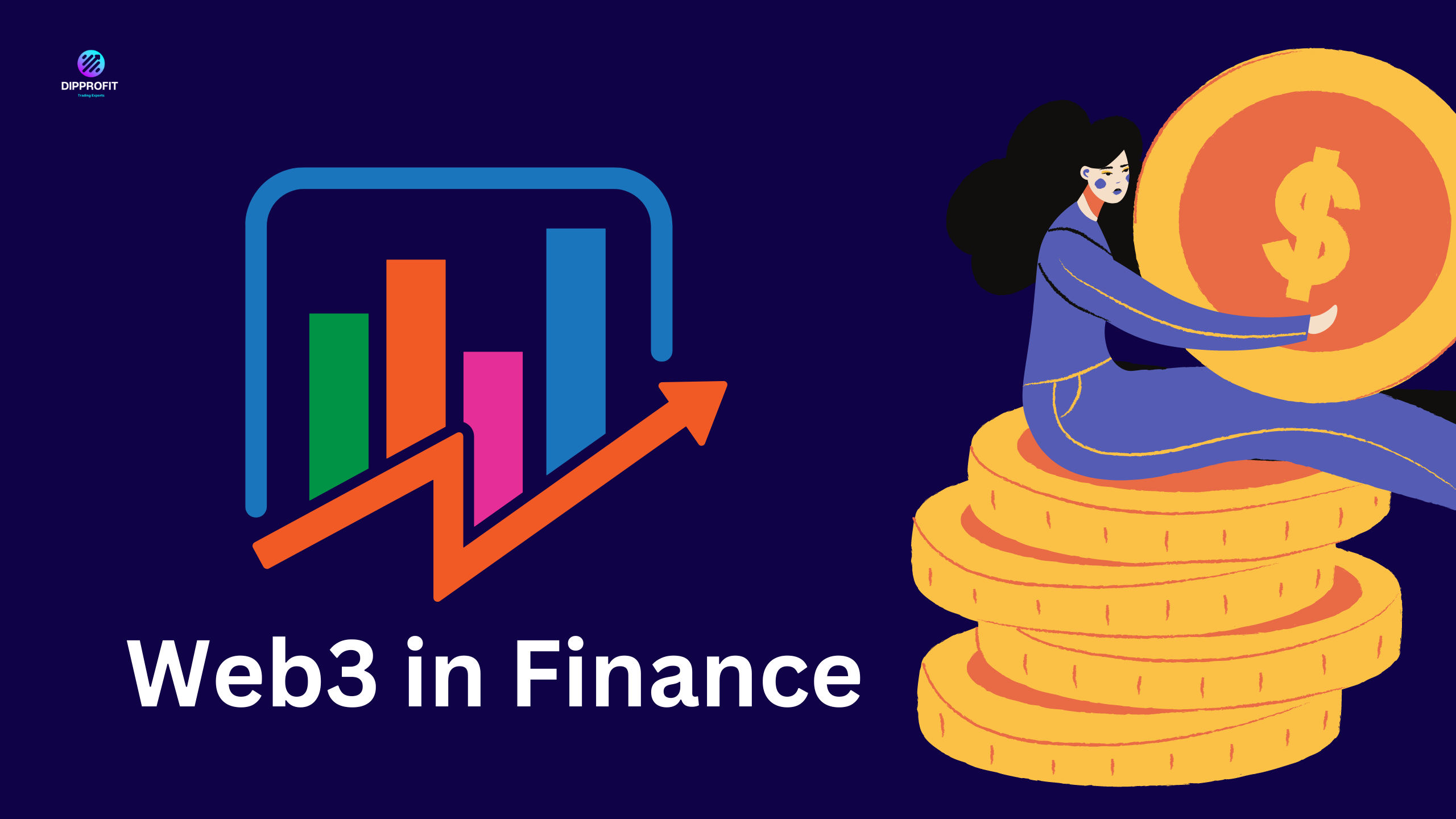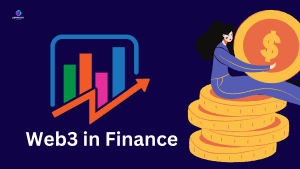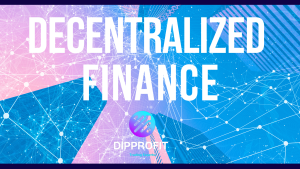

Introduction
Without web3 in finance, the banking system is not flawless in its current state.
There have been significant worries raised regarding security, content restriction, and decision-making, and we have no control over our data.
The network is unreliable due to single points of failure because all data is stored and managed centrally by banking institutions for example, The Bank of England.
The World Wide Web is currently in this state, 30 years after its beginning. Web3 closes these gaps and improves confidence, sovereignty, and transparency.
This article covers web3 in finance and provides insight into its many angles.
As you read, you’ll learn about decentralized finance, its benefits, key ingredients, future, and the way forward.
Now, let’s dive in.
Web3 Finance
Web3 finance refers to a new financial system that is based on blockchain technology and decentralized protocols.
This new system is designed to be more transparent, secure, and accessible than traditional finance, and it has the potential to disrupt many aspects of the financial industry.
One of the key benefits of web3 finance is that it is decentralized, meaning that it is not controlled by any central authority or institution. eg the Bank of England.
Instead, it is built on blockchain technology, which is a distributed ledger that is maintained by a network of computers around the world.
This is the most important benefit of web3 in finance. The ability to be transparent, for every transaction (block) to be accessed by everyone anytime and anywhere on the blockchain.
Why We Need Web3 in Finance
A decentralized system of finance is needed for many reasons ranging from the concerns of users and consumers of how and when their data is shared, distributed, and overall managed.
See also: Did you know about these benefits of Web3?
By enabling individuals to control their own data and identity through the use of blockchain-based identity solutions, Web3 technology can reduce the risk of identity theft and increase trust between parties.
Also when a blockchain is used for financial transactions, it can provide a secure and transparent way of recording transactions, which can increase trust between parties and reduce the potential for fraud.
4 Characteristics of Web3 in Financial Services
Web3 is an emerging technology that aims to change the banking syste and allow for greater user control and privacy.
In the financial services industry, Web3 is expected to bring about significant changes, including:
- Decentralization: Web3 technologies are built on decentralized blockchain networks, which means that financial transactions can occur without intermediaries such as banks. This allows for greater transparency, security, and control over personal data and assets. Some decentralized exchanges include Uniswap and Aave.
- Smart contracts: Smart contracts are contracts with the terms of the agreement between buyer and seller being directly written into lines of code. This eliminates the need for intermediaries and reduces the risk of fraud or error.
- Digital identity: Self-sovereign identity (SSI) platforms such as uPort and Sovrin are built on Web3 technologies and allow individuals to control their own digital identities and personal data, reducing the need for centralized identity providers.
See also: Web3 Payments: 6 Things You Need to know
How Does Web3 Finance Benefit Users?
Users of financial services from banks and mobile wallets have many concerns with centralized finance such as lack of transparency, dependence on intermediaries, limited access, and lack of security.
Defi is seen as the solution to all these problems since it is decentralized and not controlled by an entity or government organization It is transparent, secure, and takes the security of its users into consideration.
If you must know, DeFi is another word for Decentralized Finance. and the whole context of its inception is explained in the next section.
A full list of some of the concerns the users of a centralized system of finance hopes to settle and some of them are:
See also: The Top Web3 Decentralized Applications in 2023 and how they work
Lack of transparency
Lack of transparency is one major feature of a centralized system of finance.
This system often operates behind closed doors and causes users to have a lack of trust about the organizations concerned and their mode of operations.
Dependence on Intermediaries
This dependence usually results in higher fees, longer processing times, and a lack of control over one’s own assets.
When a banking institution requires its users to go through a third party to process and complete transactions such as verification and biometrics, third party fees usually arise which increase the fees associated with the transaction(s).
DeFi, on the other hand, is here to solve this problem by allowing users to receive and send assets over a blockchain easily without the intervention of a third part
Limited Access
In centralized finance, access to financial services is often restricted to those who meet certain requirements, such as creditworthiness or geographic location.
While with the introduction of web3 in finance, everyone is entitled to a transaction irrespective of their background or nationality eliminating the barriers associated with centralized finance
Lack of Security
Due to the nature of centralized financial operations, it can be susceptible to fraud, hacking, and other financial crimes.
DeFi, on the other hand, is supported by a more secure and attack-resistant feature.
DeFi
According to Ethereum.org, Defi is:
“a transparent, open, and global financial system designed for the internet era as an alternative to a system that is tightly regulated, opaque, and supported by infrastructure and procedures that are decades old.”
Here’s what I see DeFi as;

“A financial system built on blockchain technology that operates in a decentralized and open manner, allowing for the creation of applications and services without the need for intermediaries like banks or other financial institutions.
Based on the principles of transparency, security, and accessibility, providing users with greater control over their finances and the ability to participate in a range of financial activities, including lending, borrowing, trading, investing, decision making among others.”
The key components of DeFi
The five key components of a system of decentralized finance are made up of:

Decentralized Exchanges (DEXs)
They are platforms that allow users to trade cryptocurrencies without relying on a centralized intermediary, such as a traditional exchange.
Instead, DEXs utilize smart contracts to execute trades in a trustless and decentralized manner.
Smart Contracts
These are self-executing contracts that are stored on a blockchain.
They are self-executing digital contracts that have the ability to store, send and receive data without a middleman.
They can be used to automate a wide range of processes, from financial transactions to supply chain management
StableCoins
These are cryptocurrencies that are pegged to the value of a stable asset, such as the US dollar(USD).
Stablecoins are used to provide stability to DeFi transactions and to minimize the volatility of cryptocurrencies.
Lending and borrowing protocols
They allow users to borrow and lend cryptocurrencies without the need for a centralized intermediary. The interest rates are determined by market forces, and the transactions are secured by smart contracts.
What next?
The introduction of the features of web3 in the financial industry is expected to bring significant changes to the financial industry.
Financial institutions that can adapt and innovate will be best positioned to succeed in this new landscape.